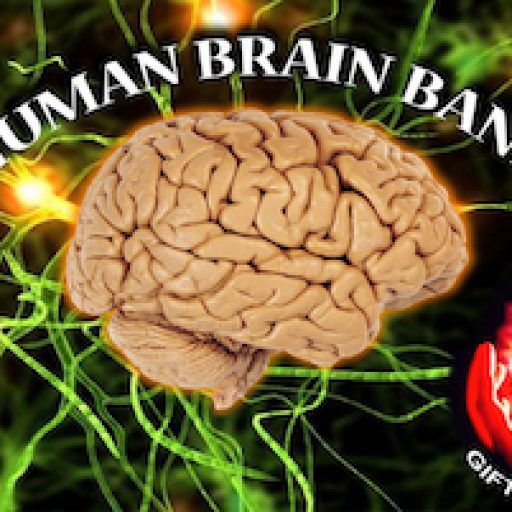IMpact/Achievements So Far
Years of 24/7 Service
Cases with Formalin Fixed Brain Tissues
Cadaver Heart Homografts
Research Projects
Publications
Projects & Dissertations
TEXTBOOKS & MONOGRAPHS
CJD Registry
Cyt P450 & FMO Demonstrated
In the field of neurochemistry, for the first time in world literature, it was demonstrated that major drug metabolizing enzymes such as Cytochrome P450 and flavin monooxygenases (FMO) could be found in human brain tissues.
This was contrary to the general impression that most of the xenobiotic metabolism takes place in the liver. The brain microsomal and mitochondrial Cyt P450 were found to be capable of metabolizing a variety of xenobiotics while brain FMO efficiently metabolises a number of psychoactive drugs.
This has important implications on therapeutic efficacy and bioavailability of psychoactive drugs used in treatment of psychiatric disorders.
Subsequently different isoforms of Cyt P450 was recognized in the human brain in alcoholics and epileptics treated with phenobarbitone.
Neuro Degenerative Diseases
Neurogenetics
HIV/AIDS Tissue and fluid Bank
Fluid Bank
Cadaver Heart Homograft Valve for transplantation
Neurobiochemical Markers
Again for the first time the presence of functional thiol transferase activity was demonstrated in the human brain.
Similarly, for the first time the cellular localization and topographic distribution of p67 (MUNC 18), a 67kDa protein that co-purifies with CDK5 concerned with cell division and differentiation was described.
Simultaneously p67 was also detected in tumors of neuronal/neuroglial lineage.
NEUROSCIENCE EDUCATION
Realizing the valuable material archived, ICMR has funded establishment of a Centre for Advanced Research For Innovation In Mental Health And Neurosciences – Manpower Development and Translational Research at NIMHANS. This facility was supported by ICMR / Dept of Health Research, Ministry of Health and Family Welfare, Govt of India. The mission statement of this project is “to be a leader in the field of mental health and neuroscience and evolve state of the art technology and innovation and translational research and develop critical mass of manpower to meet national needs by scientific collaboration and co-operation”
The mandate has been
- to develop Neuroscience Educational Material for popularizing neuroscience under the aegis of Human Brain Bank and
- promote cadaver organ donation as an act of philanthropy and national priority.
Histological Atlas of Common CNS Infections
ScientifIc Posters
Brain Awareness Week
Brain awareness week was conducted by NIMHANS in March 2000; at Visvesvaraya Industrial & Technological Museum Bangalore to educate and enhance the public awareness about the structure and function of Human Brain- Neuroscience. A week long exhibition of Human Brain specimens in Health and diseases and many scientific posters depicting about the brain disease was organized. Nearly 10,000 school/college students and general public visited the exhibition. A guided tour of the exhibited specimens was conducted explaining the details by the staff of Human Brain Bank and the Research faculty.
On the last day Public lecture was given by Director, NIMHANS to encourage the students to study Neuroscience and enhance the awareness. H’ble Minister of Health and Family Welfare, Government of Karnataka presided over the function.
